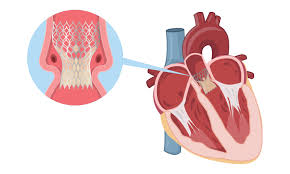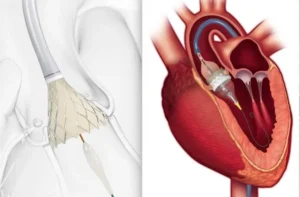Transcatheter Aortic Valve Replacement
Transcatheter Aortic Valve Replacement procedure is minimally invasive which has benefits over open-heart operations. TAVR offers patients a fast recovery period because there is less place needed for body healing.
The process offers less chest pain and shorter hospital stays due to easier recovery strategies. Patients have a lower rate of infections with higher rates of improved quality. For instance, a study found that 67 percent of the patients had a successful transition to recovery after undergoing TAVR. Besides, the process provides patients with a decreased probability of death and hospitalization.

TAVR procedure provides an opportunity for valve leaks if it does not expand fully. The valve is prone to too much calcium buildup in the body. The surgical process opens up the blood valves which might expose it to electrical system alteration necessitating the peacemaker. Furthermore, the clinical process used during the imaging can damage the kidneys.
The approach can cause valve embolization, which leads to the loss of the annulus. Therefore, the process can increase the patient’s chances of death and some occasions, lead to open heart surgery. Patient’s key solution to TAVR complications is to maintain a healthy routine throughout their life.
Interdisciplinary team’s Roles and Responsibilities

TAVR procedure comprises of cardiologist who has diverse expertise in technical heart knowledge. An interventional cardiologist makes the incision cut and excises the catheter process at the preferred body entry point. The medical operation requires a cardiac surgeon specializing in the aortic valves. The number of staff depends on the hospital’s needs and resource limitations.
The test procedures demand an echocardiographic imaging expert and anesthesia professional for sedation. Skilled nurses in MDM procedures also assist in providing nocturnal assistance to patients across the care unit.
Cardiac surgeons and nurses require a system that provides a real-time exchange of patient data. The medical aortic procedure can sometimes require the services of cardiac electrophysiologists, radiologists and neurologists if the case persists.
PHOTO CREDIT: GOOGLE.COM
WRITTEN BY: AMEDICC.COM
